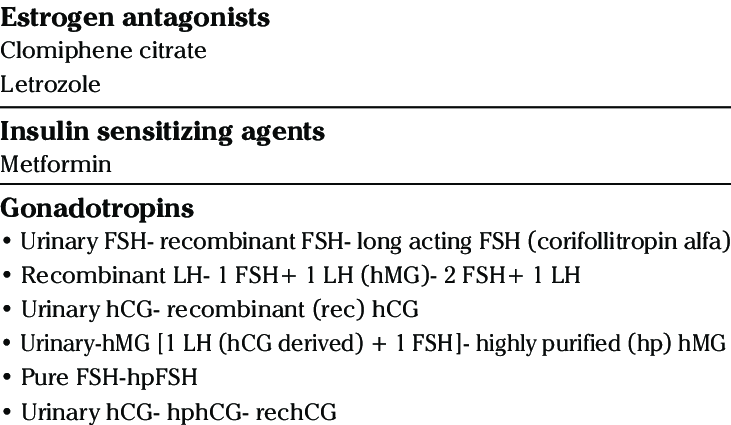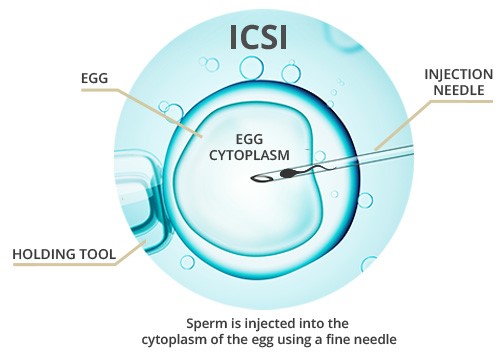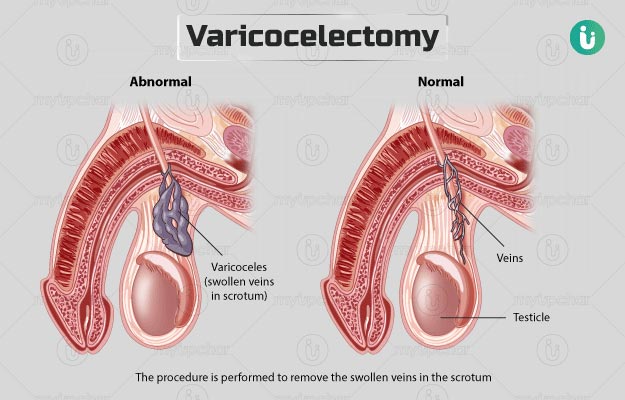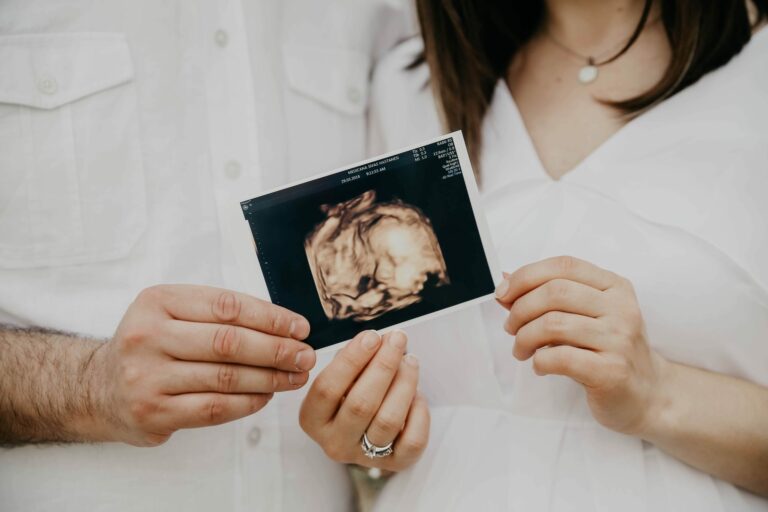Fertility Treatments other than IVF
Infertility issues are always straining for any couple with this problem. We know. Due to constraints like religion, family background, cost, or values, the couples might be searching for other treatment options, alternatives to IVF. Depending on the underlying cause of infertility, different treatment options are available. Let us walk through some of them together.
Infertility treatment techniques
Many options exist for couples who find it difficult to conceive and carry a pregnancy to term. A good diagnosis is a start to an effective remedy for infertility. Doctors recommend several therapies for couples with infertility problems, ranging from drugs that influence or regulate ovulation to surgery, depending on the origin of infertility.
Ovulation inducing medication

A lot of drugs are used to induce ovulation. They are usually prescribed by a physician that has done a thorough examination and has identified a particular problem in a patient. The listed drugs should not be taken without a physician’s direction. Some of the drugs used in ovulation induction include
- Clomiphene citrate – this drug is used in ovulation induction, increasing egg production, or correcting the luteal phase deficiency. The drug acts on the pituitary gland to produce more follicle-stimulating hormone (FSH) and luteinizing hormone (LH), stimulating the ovaries to produce more eggs and follicles. This drug has been associated with a twin rate of 5% and a triplet rate of 1%. This drug has been proven effective and is also the first line of treatment for inducing ovulation in patients with polycystic ovary syndrome (PCOS). It has been credited with up to 80% success rate in patients with PCOS as they ovulate after undergoing the therapy. Clomiphene citrate 100mg with artificial insemination is usually the first treatment issued in cases of unexplained or idiopathic infertility.
- Letrozole – this is also a good ovulation induction agent and has also been demonstrated to have a positive effect in patients with PCOS. It works by temporarily halting the conversion of androgens to estrogen, leading to the brain responding by increasing the secretion of FSH. Recent data shows that live birth rates were higher in patients administered with letrozole rather than clomiphene citrate. This may suggest that letrozole may be a better first-line treatment drug.
- Metformin – this is a diabetic medication used to reduce resistance to insulin. It may, however, play a role in patients who continue to be resistant to oral ovulation induction medication. The drug is not a first-line medication but may be considered if the patient shows signs or symptoms of insulin resistance.
- Gonadotropins – these are fertility medications given by injection. They are identical to the FSH produced by the pituitary gland. They directly induce the stimulation and growth of multiple follicles in the ovary. They are particularly helpful in patients who are resistant to oral drugs or in diagnosis that excludes oral drug use. They can also be recommended for patients preparing for IVF techniques. They also maximize the patient’s chances of becoming pregnant by natural intercourse or intrauterine insemination.
Intrauterine insemination
This medical procedure is where the sperm is placed directly into the uterus. This maximizes the chance of fertilization, as the distance for the sperm to travel has been shortened by bypassing the vagina and cervix. The procedure aims to put a much larger number of sperm cells into the uterus than would occur with normal sexual intercourse. This technique is usually considered in males with low sperm counts. It may not be a suitable treatment in patients with blocked fallopian tubes, severe endometriosis, low-quality eggs, low number of eggs, or in older patients (late 30’s or over 40years of age). It is also not suitable in patients with severe male factor infertility.

Intracytoplasmic sperm injection (ICSI)
This is a technique where a single sperm is injected into a single egg for fertilization to occur. It is a common treatment for patients with male factor infertility. It may also improve fertilization chances in couples with unsuccessful IVF procedures. ICSI has been associated with a slightly higher chance of birth defects, some of which include: intellectual disability, Angelman syndrome, autism spectrum disorder, etc.

Surgical procedures
This involves surgical procedures that correct structural abnormalities causing infertility in males and females. Some of the infertility causes that can be corrected in females through surgery include endometriosis, polyps, fibroids, etc. In the case of males, surgery can be used to correct varicocele or reverse a vasectomy. Hysteroscopy or laparoscopy are also surgical techniques that are common approaches for female fertility treatments.
Some of the surgical procedures used to address infertility include
- Hysteroscopy – this procedure is used to visualize the lining of the uterus. It is done by inserting a hysteroscope into the vagina. It can be a good diagnostic technique as the cause of abnormal bleeding can be traced; it can also be used to examine the uterus for problems of size and shape. It can also be used to remove some identified problems like polyps, fibroid, etc.
- Laparoscopy – this is a minimally invasive surgical technique that uses some tools to visualize the reproductive organs in a female. A minor incision is made on the abdomen, and a camera is inserted in this procedure.
Infertility Conditions that are corrected by Surgery
Some infertility conditions that can be corrected with surgery include:
Endometriosis
This condition makes it difficult for females to get pregnant. There are two surgical procedures to treat endometriosis, but only one ensures that the female can retain their childbearing activity. The first procedure is a laparoscopic technique to remove as much of the endometrial tissue as possible in order to increase the chances of the female getting pregnant. The second procedure is hysterectomy which is the removal of the uterus, and this eliminates any chance of pregnancy in the female.
Fallopian tube blockage
This can cause infertility as the egg and sperm cannot meet for fertilization, or the fertilized egg cannot enter the uterus for implantation. Surgical repair of this situation depends onn the location and the severity of the blockage. Some common tubal procedures include
- Tubal reanastomosis
- Salpingectomy
- Salpingostomy
- Fimbrioplasty
- Tubal cannulation
Uterine fibroids
Benign lumps found in the uterus are called uterine fibroids. They can cause cramping and bleeding, among other symptoms. They also prevent the implantation of the embryo in the endometrium. Some surgical procedures to correct or remove fibroids include
- Myomectomy
- Myolysis
- Uterine artery embolization
Uterine polyps
They are also known as endometrial polyps, an overgrowth of the endometrial cells. They interfere with implantation and can also cause miscarriage, negatively affecting fertility. The polyps treatment is known as polypectomy, which is the surgical removal of the polyps during a hysteroscopy procedure.
Pelvic adhesions
These are caused by bands of scar tissue which can cause problems and decrease fertility. The location of the adhesion may give rise to different conditions, which in their way impact fertility. For example, adhesions around the ovary may cause the inability of the egg to enter the fallopian tubes after ovulation, and tube adhesions may prevent the sperm from fertilizing the egg or the embryo from entering the uterus. Adhesions may be caused by endometriosis or by previous surgical procedures. They are frequently resolved using a laparoscopic procedure.
Polycystic ovary syndrome (PCOS)
This is a hormonal disorder, and it is commonly found in females of reproductive age. There are two main surgical techniques used in resolving PCOS; they include
- Laparoscopic ovarian drilling – in this procedure, electrocautery or laser is used to destroy some parts of the ovary. This may then trigger ovulation.
- Ovarian wedge resection – this is a way to remove part of the ovary surgically; it is rarely used as a fertility option as it causes scarring.
Male fertility surgeries
- Vasectomy reversal – this is a surgery done to reconnect the vas deferens, which are cut during a vasectomy. This then allows sperm to enter the seminal fluid.
- Varicocelectomy – this is the surgical procedure that corrects varicocele, which is an enlargement of the veins in the scrotum. This surgery removes the enlarged veins and restores normal blood flow to the testes. Varicocele does not always lead to infertility, but it is surgically removed when it does.

“Medical Advice Disclaimer:
DISCLAIMER: THIS SITE DOES NOT PROVIDE MEDICAL ADVICE OR OPINION:
The information provided in this article or website by way of text, illustration, graphics, Images or any other form in this article or website is provided for informational purposes only. No information or material provided on this site is meant to be a substitute for a professional medical advice. Please refer to your family doctor or specialist in that field for any medical condition, diagnosis and treatment. Do not delay in contacting a professional on account of something you have read in this article or on this website.”
The information provided in this blog is for educational purposes only and should not be considered as medical advice. It is not intended to replace professional medical consultation, diagnosis, or treatment. Always consult with a qualified healthcare provider before making any decisions regarding your health. Read more







